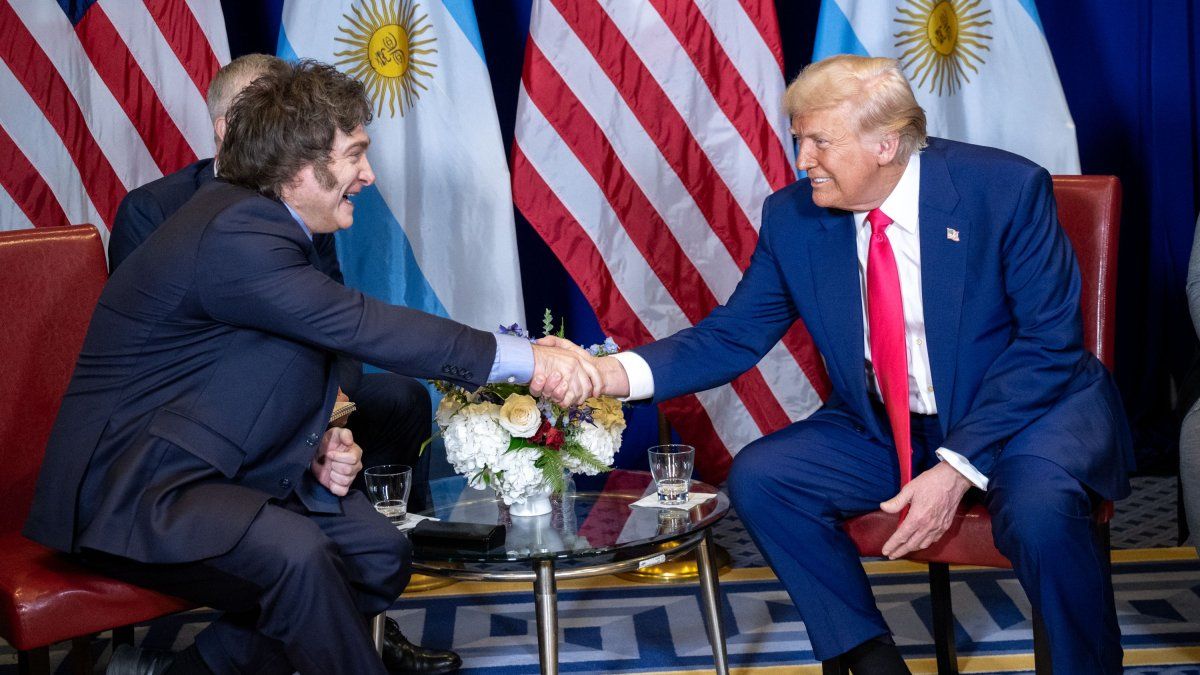The Fed has raised interest rates six times this year, sometimes in huge steps. This could soon be over – but anyone who thinks that the United States will say goodbye to strict monetary policy is wrong.
The US Federal Reserve is continuing its determined fight against inflation with another above-average interest rate hike. The central bank of the world’s largest economy raised the key interest rate by 0.75 points for the fourth time in a row on Wednesday (local time). The interest rate is now in a range of 3.75 to 4.00 percent. “It will be appropriate to slow the pace of hikes,” announced Fed Chair Jerome Powell. But it might be too hasty to expect a move away from strict monetary policy.
Next meeting in December – smaller rate hike possible
It was the penultimate Fed meeting of the year, and central bankers will meet again in December. Powell left no doubt that interest rates will rise more than the Fed previously expected. It was “premature” to pause in the increases. “We continue to believe that continuous hikes will be appropriate,” said the Fed chairman. A smaller interest rate step is possible as early as December, but Powell did not want to commit to it.
Strong dollar has advantages and disadvantages for Germany
The Fed is strengthening the dollar with its strict monetary policy. The high interest rates make the US market more attractive for investors. The dollar has strengthened significantly against the euro in recent months. A weak euro makes travel to the US more expensive for tourists from the euro area. Imports from the US that are billed in dollars also cost more. For Germany as an export nation, however, a weak euro also has advantages, because exports to the USA are becoming cheaper.
Fed advances – other central banks follow suit
The Fed has set a rapid pace with its unusually large rate hikes. After much hesitation, the European Central Bank (ECB) has been trying to get inflation under control by raising interest rates sharply since July. The key interest rate in the euro area is now 2.0 percent. Higher interest rates make loans more expensive. This can slow down demand and thus counteract high inflation rates.
The monetary authorities of the euro are determined to raise interest rates further. “We are aiming for the interest rate at which the medium-term inflation target of 2% can be reached. The target is clear and we are not there yet. We will continue to raise interest rates in the future,” said ECB President Christine Lagarde in an am Interview published Tuesday. On Thursday in Riga, Lagarde reiterated that further interest rate hikes were necessary despite the expected economic downturn: “We don’t believe that this recession would be able to tame inflation.”
Other central banks are also tightening interest rates. As expected, the Bank of England raised interest rates by 0.75 percentage points to 3 percent on Thursday. The Norwegian central bank raised the key interest rate by 0.25 points to 2.50 percent and indicated another interest rate hike for December.
Inflation remains stubbornly high
It may well be a while before the interest rate policy of the central banks bears fruit and successes in the fight against inflation become apparent. In October, the inflation rate in the euro zone reached a record high of 10.7 percent. “The longer inflation remains at such high levels, the greater the risk that it will spread to the economy as a whole,” warned ECB President Lagarde.
Consumer prices in the US also remain stubbornly high. According to the latest data, US inflation fell only slightly in September. Compared to the same month last year, consumer prices rose by 8.2 percent in September. In August, the inflation rate was 8.3 percent. “We have an imbalance between supply and demand,” said Fed Chair Powell.
US economy could slide into recession
The big question is whether the Fed and other central banks are overdoing it. There is a growing risk that the Fed will slow down the US economy so severely that the job market and economy will stall. Fed Chairman Powell also admitted that a “soft landing”, i.e. getting out of the situation without major upheavals, is becoming increasingly difficult. Nevertheless, he defended the strict monetary policy against criticism: “I’m glad we moved so quickly and I don’t think we tightened too much.”
Strong job market in USA
Unlike in Europe, rising wages are also driving inflation in the USA. When the job market heats up, the pressure on the Fed to raise rates further increases. Many US companies are complaining about a labor shortage. “The job losses could be smaller (…) because the number of vacancies is so high and the labor market is so strong,” Powell emphasized now with a view to the question of a feared economic downturn. He also made it clear that he has not yet seen a wage-price spiral.
Democrats must tremble at the midterms
For US President Joe Biden and his Democrats, high inflation is just as much of a problem as the fear of an economic downturn. The high prices are blamed on the US President and his party. In the midterm elections next week, the Democrats are threatened with losing their already narrow majority in the US Congress. Surveys show that inflation and the state of the economy are the top concerns for people in the country.
Source: Stern
Jane Stock is a technology author, who has written for 24 Hours World. She writes about the latest in technology news and trends, and is always on the lookout for new and innovative ways to improve his audience’s experience.




